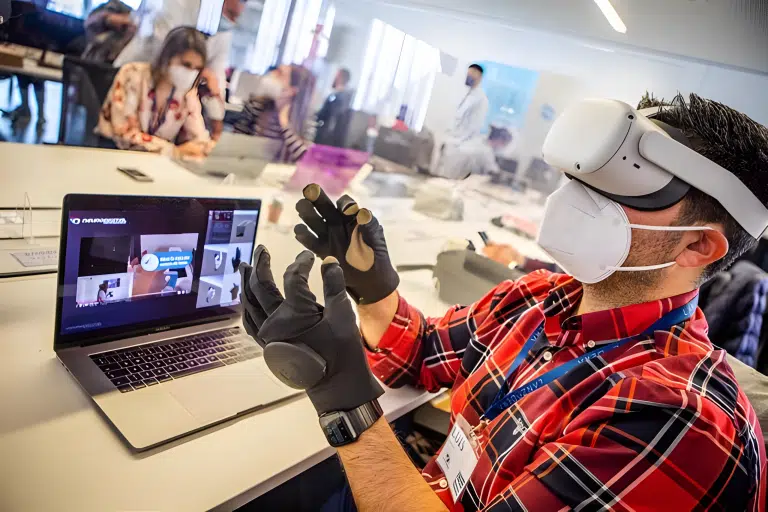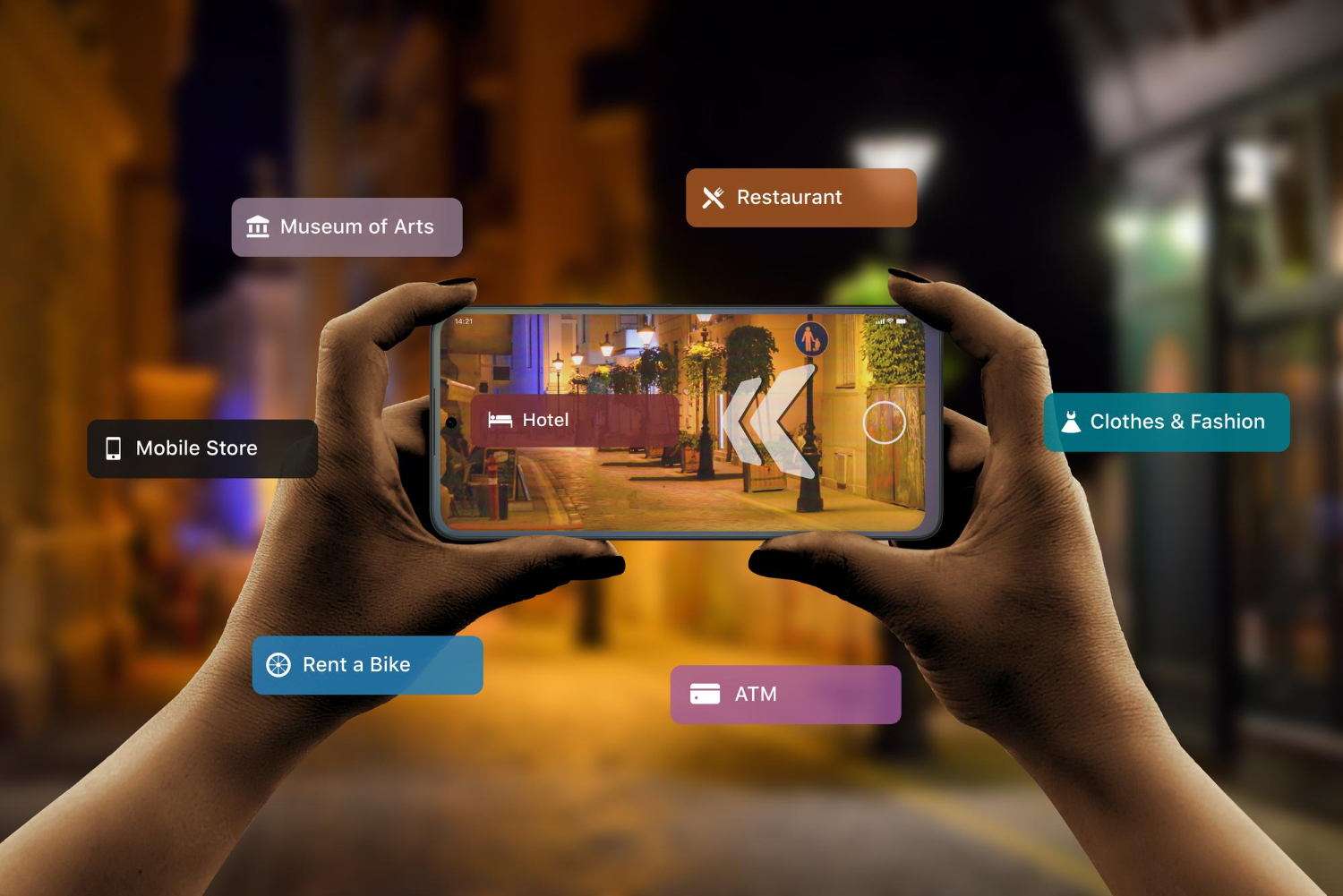
The metaverse represents an expansive virtual space where people interact, work, play, and create, all through digital avatars. This concept, popularized by science fiction and recently reinforced by companies like Meta, has captured the imagination of millions worldwide. But what happens when we add haptic technology to this equation?
What is Haptic Technology?
Haptic technology refers to any technology that allows users to experience tactile sensations in virtual or digital environments. This includes devices like haptic gloves, haptic suits, and tactile feedback devices that use vibrations or forces to simulate physical contact. The goal of haptic technology is to provide a more immersive and realistic experience in virtual environments by adding a tactile sense to digital interaction.
Imagine immersing yourself in the metaverse with your avatar, and every time you touch a virtual object, you can feel its texture and weight as if you were touching a real object. You can hug a digital friend and feel the pressure of their embrace through your haptic suit. You can walk through a virtual environment and feel the texture of the ground beneath your feet. Haptic technology has the potential to make these interactions not only visual and auditory but also tactile, adding an additional layer of immersion that previously only existed in the physical world.
In addition to enhancing the user experience, haptic technology in the metaverse could have practical applications in fields such as education, medicine, and job training. Medical students could practice surgical procedures in a virtual environment where they can feel the resistance of tissues and the precision of movements. Construction workers could receive training in virtual environments where they can experience the weight and feel of tools and materials before using them in the real world.
Another important aspect of integrating haptic technology into the metaverse is its ability to improve accessibility and inclusion, such as for someone who has a visual impairment and therefore struggles to perceive and navigate a virtual environment using only visual information.
Advancements in Haptic Technology for Virtual Reality and the Metaverse
The recent collaboration between Meta and Immersion Corporation marks a significant milestone in the world of extended reality (XR). By leveraging Immersion Corporation’s innovative patents in haptic technology, Meta is embarking on a path to enhance its XR hardware, software, and products. This partnership promises to increase immersion and realism in augmented/virtual/mixed reality (AR/VR/MR) experiences and open up new and exciting possibilities for interaction and user experience in the metaverse.
Furthermore, the reported success by Meta’s Reality Labs division in generating quarterly profits for the first time indicates a solid financial backing that could further support research and development of emerging technologies in the field of extended reality.
One of the most notable innovations in haptic technology comes from Fluid Reality, which has developed a new virtual reality glove that rivals Meta’s smart glove. This new device uses revolutionary technology that makes it more compact, easy to operate, and effective while significantly reducing its cost. This glove is expected to have applications beyond the gaming realm, including medicine and robotics.
Additionally, researchers at the City University of Hong Kong have developed an advanced haptic interface system called WeTac, which is worn on the arm and hand and collects personalized tactile sensation data to provide robust, wireless tactile experiences in virtual and augmented reality applications.
Lastly, engineers at the Electronics and Telecommunications Research Institute (ETRI) have created a telehaptic device that transmits real-time haptic feedback using adhesive pads placed on the fingers. This device allows users to feel objects remotely, with a range of sensations including metal, plastic, and rubber. It uses a piezoelectric element and an ultra-thin flexible substrate to integrate microscopic sensors and actuators into the skin, providing a more precise and realistic haptic experience.





